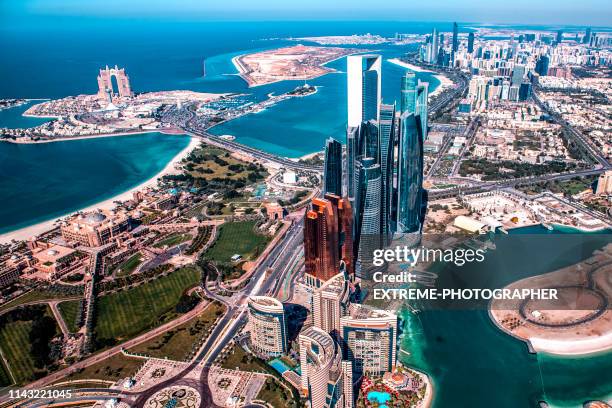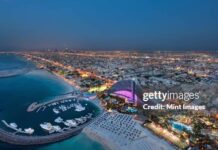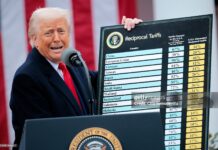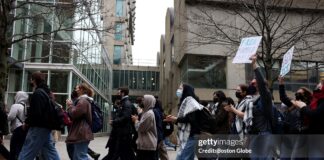News Americas, NEW YORK, NY, Tues. April 8, 2025: The Caribbean region, with its turquoise waters and vibrant heritage, remains a paradox – an overlooked gem in the eyes of global investors. Despite its strategic location and boundless potential, it languishes as the least attractive region on Earth for investment, a status that belies its capacity to be a highly sought-after economic powerhouse.

What’s missing are bold, transformative projects: a tunnel network linking the major islands to North and South America, and the creation of glistening, purpose-built islands for manufacturing, renewable energy, and specialized agriculture.
Amid a geopolitical tug-of-war between the United States and China for influence in the region – where China is clearly gaining the upper hand – a golden opportunity emerges for Middle Eastern investors, particularly from Saudi Arabia and its neighbors to step in as a new, powerful force and reap substantial rewards inviting in the Caribbean.
Picture a tunnel network weaving beneath the Caribbean Sea, connecting islands like Jamaica, Hispaniola, and Puerto Rico to the Americas. This engineering marvel would provide a secure, stormproof conduit for cargo -slashing costs and risks tied to maritime shipping – and potentially passengers, knitting the region into a vital trade corridor. High-speed trains could ferry goods from Miami to Port of Spain or Cartagena to Nassau in mere hours, positioning the Caribbean as a linchpin between continents. The technology is within reach; what’s needed is vision and initial funding. This is where the region’s future as an investment hotspot ignites.
Beyond connectivity, the Caribbean can pioneer the construction of artificial islands – new land rising from the sea with purpose. These could house solar and wind farms powering the hemisphere, manufacturing hubs for high-tech goods, or agricultural zones cultivating lucrative crops like saffron or cocoa. Such projects would not only diversify economies overly reliant on tourism but also establish the Caribbean as a leader in sustainability and innovation – attributes that resonate with modern investment trends.
Yet, the region’s potential remains dormant without visionary leadership and capital.
Enter the geopolitical chessboard. The U.S. and China are locked in a contest for Caribbean influence, with China pulling ahead through infrastructure investments and soft power. This rivalry leaves a vacuum – an extraordinary chance for Middle Eastern investors, particularly from the UAE, Saudi Arabia and the Gulf states, to assert themselves. Flush with capital and expertise in ambitious projects, these investors can fund and shape the Caribbean’s transformation. By backing tunnel networks and new islands, they’d secure economic footholds, lucrative returns, and a strategic counterweight to Sino-American jostling – all while diversifying their portfolios further.
For Middle Eastern investors, the benefits are clear: untapped markets, proximity to the Americas, and a chance to mold a region into an economic titan. The Caribbean isn’t just a hidden treasure – it’s a geopolitical and financial frontier. With China advancing and the U.S. faltering, the time is ripe for the Middle East to claim its stake and turn paradise into profit. The opportunity glimmers; it’s time to act.
EDITOR’S NOTE: Arthur Piccolo is the President of the Bowling Green Association of New York and a frequent contributor to News Americas








